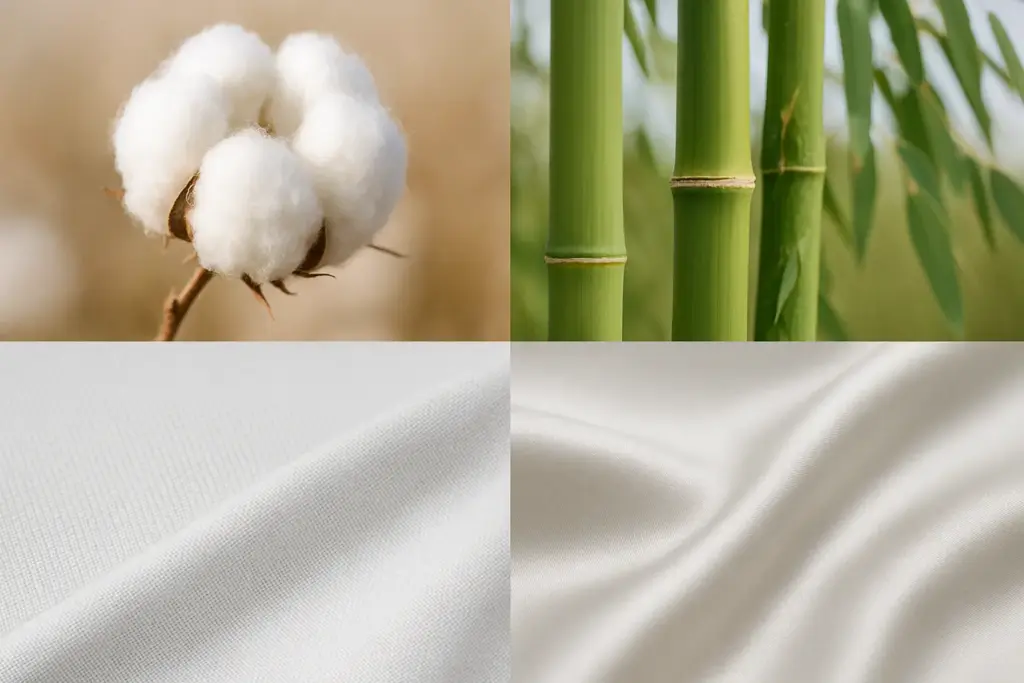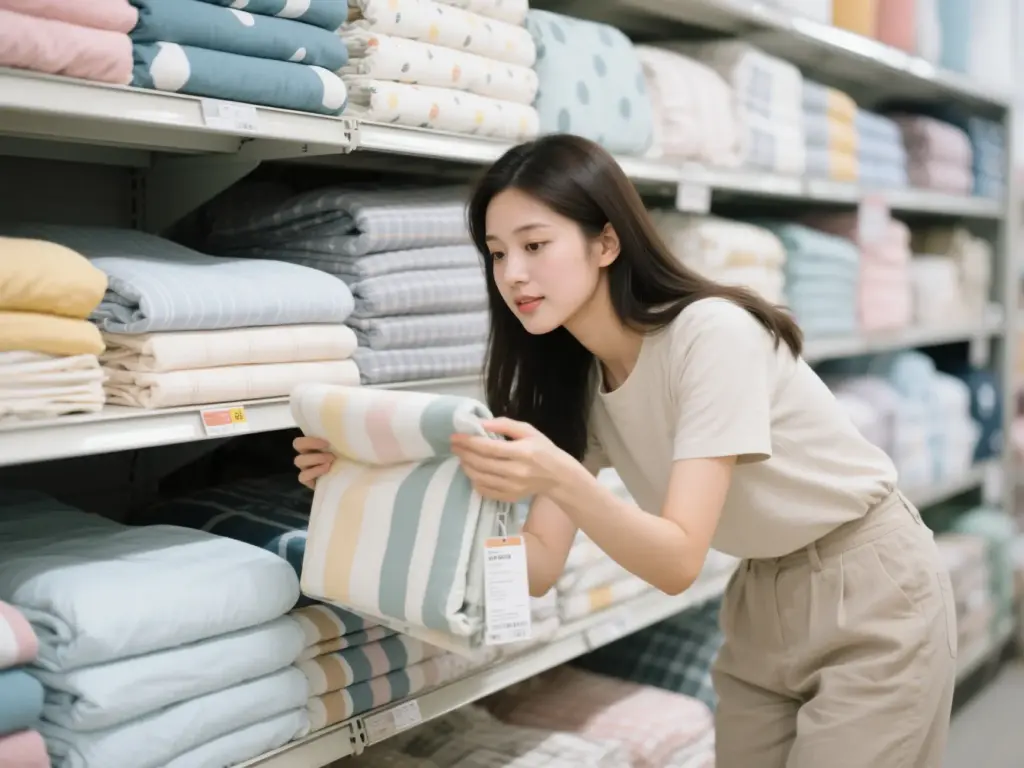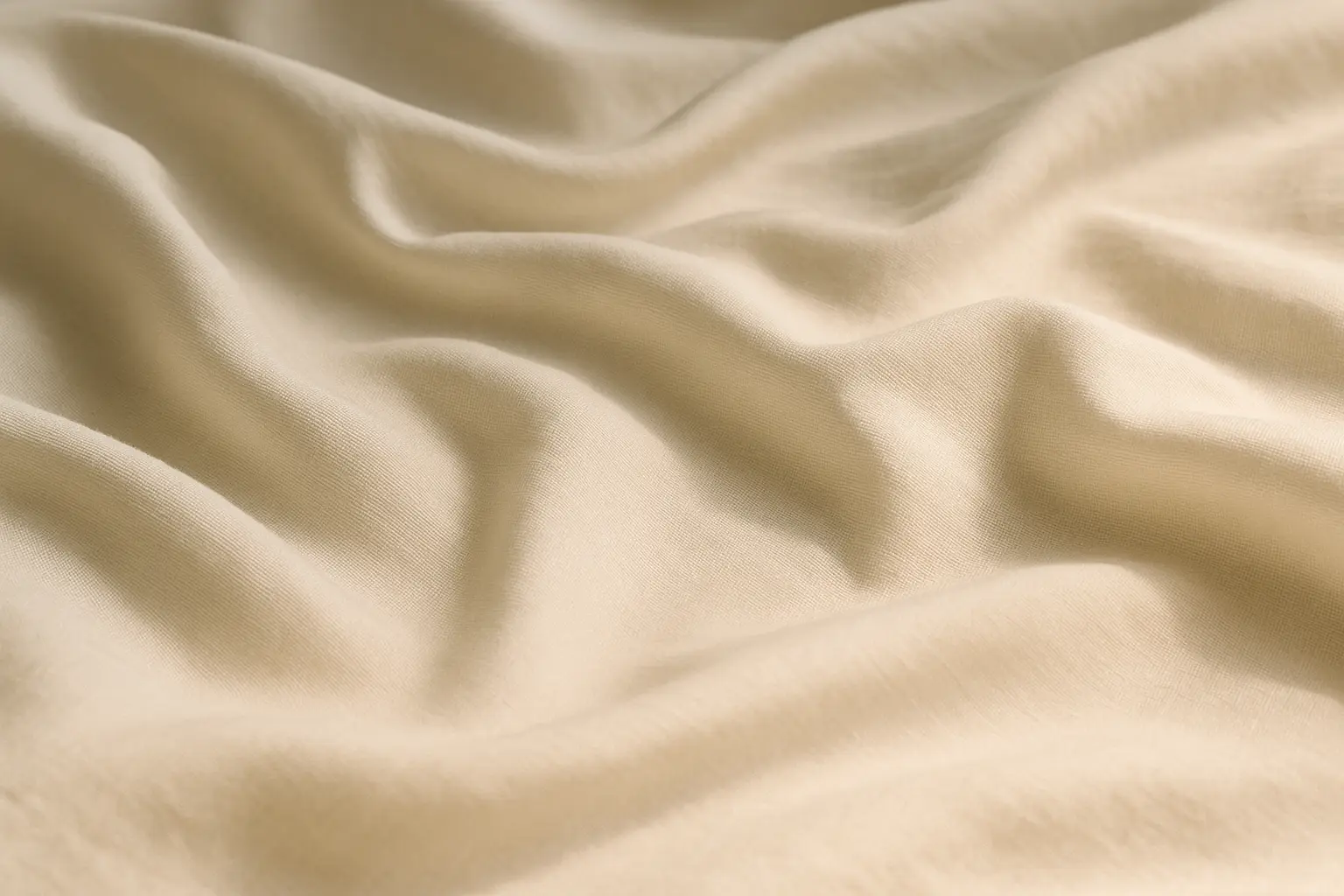When shopping for bed sheets, “thread count” often steals the spotlight. A high thread count is frequently associated with luxury, softness, and durability. But what does thread count really mean, and are the highest thread count sheets truly the best choice for your bed? In this guide, we’ll explore what thread count is, debunk common myths, and help you choose the right bedding for both comfort and quality.
What Is Thread Count?
Thread count refers to the number of horizontal (weft) and vertical (warp) threads woven into one square inch of fabric. For example, if a sheet has 200 threads lengthwise and 200 threads widthwise, its thread count is 400.
Typically, thread count ranges from 200 to 1,000+, with most high-quality sheets falling somewhere between 300 and 600.
What Is Considered a High Thread Count?
Sheets labeled with a thread count of 800, 1,000, or even 1,200 are often marketed as ultra-premium. However, very high thread counts can sometimes be misleading. To reach these high numbers, manufacturers may use multi-ply yarns—where two or more thinner threads are twisted together and counted as separate threads.
While this practice boosts the number on the label, it doesn’t always improve the feel or durability of the sheet. In some cases, it may even result in heavier, less breathable bedding.
Does Higher Thread Count Mean Better Quality?

Not always. While thread count plays a role in sheet quality, fiber type, weave style, and finishing process matter just as much—if not more.
What Really Affects Sheet Quality:
- Material: Long-staple cotton (like Egyptian or Pima cotton), TENCEL™ Lyocell, and bamboo offer superior softness and strength.
- Weave: Percale and sateen weaves offer different feels; percale is crisp and breathable, while sateen is silky and smooth.
- Finishing: Mercerization, pre-washing, and other treatments can enhance feel and longevity.
When Is a High Thread Count Worth It?
A thread count between 300 and 600 is generally ideal for most consumers. In this range, sheets can be:
- Soft yet breathable
- Durable with proper care
- Light enough for year-round use
However, if you enjoy a heavier, more insulating sheet—especially in cooler climates—then 800–1,000 thread count sheets made from premium single-ply cotton can provide added warmth and a luxe feel.
Pros and Cons of Very High Thread Count Sheets
Pros:
- Smooth, silky texture (especially in sateen weaves)
- Luxurious feel and drape
- May last longer with proper care
Cons:
- Less breathable, especially in warmer weather
- Often heavier and slower to dry
- Higher price doesn’t always mean better quality
What to Look for Instead

When buying sheets, focus on:
- Material Quality: Look for long-staple cotton, bamboo, or TENCEL™ fibers.
- Thread Count Range: Stick to 300–600 for best balance of softness and performance.
- Transparency: Reputable brands clearly disclose their materials and weave style.
Final Thoughts: It’s About Balance
While the highest thread count sheets may seem impressive, they aren’t always the most comfortable or best value. The key to luxurious, long-lasting bedding is a balanced combination of quality fiber, thoughtful weave, and responsible manufacturing.
Whether you’re furnishing a hotel, launching a bedding line, or shopping for your home, choosing the right sheets starts with understanding what really matters—not just the number on the label.


Leave a Reply